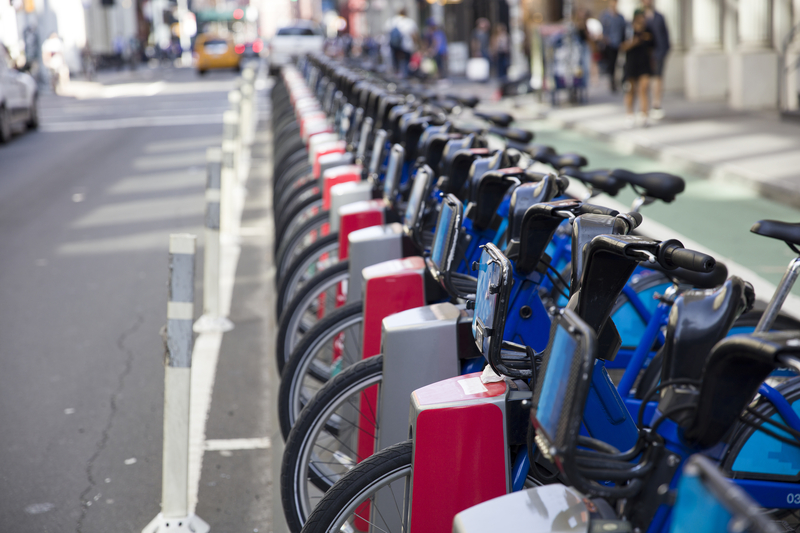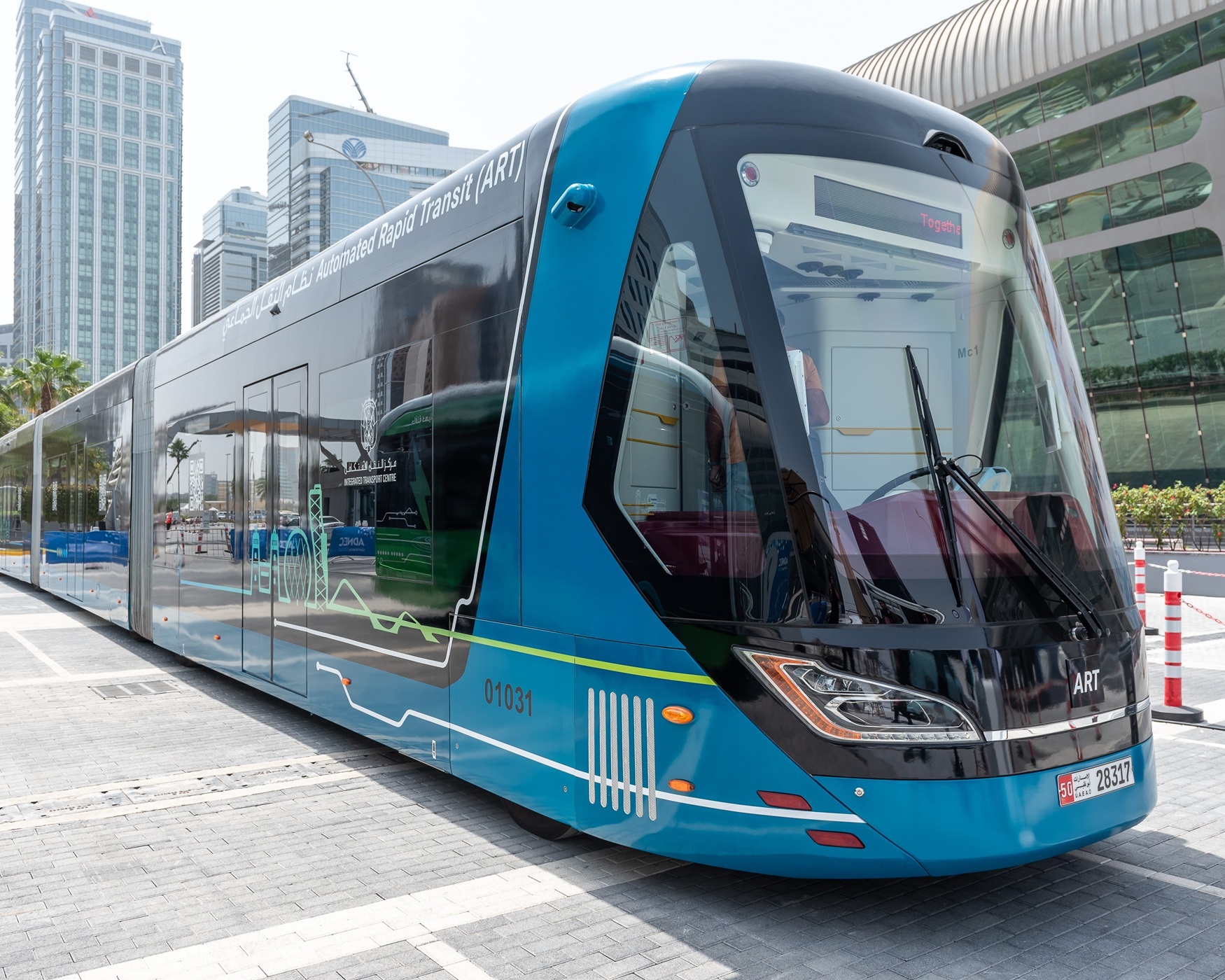
After a seemingly free-for-all period, the micromobility market worldwide is now looking at a much more heavily-regulated landscape. Along with the mergers and even closures of some companies, a number of cities have pushed back strongly – following safety concerns over speeding riders, and complaints from residents tired of negotiating street clutter – to ban shared scooters altogether. So what’s the way forward? Micromobility expert Scott Shepard, founder & CEO of #CitiesFirst Advisors, answers ITS International’s questions…

On the face of it, the shared mobility industry is facing something of a crisis. What’s going on?
We've seen cautionary tales in Paris, Madrid and Melbourne. These are a signal of the maturity of the micromobility market and point to a need to be integrated with sound public policy. European cities are perhaps being influenced by the media hype and these negative stories - but they're looking at the long game. There’s a clear signal from the public sector that the direction of micromobility is following the path that Mobility as a Service (MaaS) took about two or three years ago, which is more public sector-centric, and more heavily subsidised by taxpayers. This means less of a focus on profitability, although the private operators have a keen interest in that. And there's going to be much more of a hybrid approach to business models and distribution of modalities in clearly-marked mobility hubs that achieve decarbonisation goals.
What is the first step forward?
We have to move past the hype. We have to move past the fear, and we have to move past a lot of these distractions coming from operators, coming from the venture capitalists (VCs) and from cities themselves. The end game - at least on the European continent – is the Sump (Sustainable Urban Mobility Plan). If we look at the Sump, then we understand what investments cities are going to make, leveraging the European Green Deal to change their infrastructure. And if they upgrade their infrastructure, we can understand which operators and modalities will be present and functioning in a particular city or region. So it's a clearly logical approach - but we have to move past a lot of these distractions.
After the flux in the micromobility market worldwide over the last few years, where do you assess we’re at now?
We are currently in the third phase of micromobility. The first wave started with bike shares, mainly from China, around 2015-16. They were dockless: no rules, no regulations, the Wild West. Then we had the first wave of scooter micromobility in 2017-18, starting in Germany and France, and spreading throughout the European continent and in the US. Then we have the pandemic and operations pause for a period: however it starts growing again around 2021-22: in the US, it becomes much more balkanised. You end up with a set of cities that are taking an incremental approach with a patchwork of inconsistent regulations and fees. In Europe, many of the providers took a different approach and followed Voi’s ‘cities first’ playbook: approach cities and try to be a partner first – rather than just seeking market share and expansion. Integrating with MaaS, and balancing fleets in a distributed manner, resonated well with cities. And then in 2022-23 the first wave of RFPs, or public tenders, entered the scene: so we see more harmonisation of parking, data reporting, greening fleets, etc.

So how does that lead to what happened in Paris, Melbourne and Madrid, with shared micromobility – such as scooters - being removed from cities?
Do I think it's a domino effect? No. Do I think all cities are going to remove scooters and micromobility? No. But there are some common themes around these disparate events. VC has disappeared from the sector completely: they closed their chequebooks first with the vote to ban scooters in Paris and next the Silicon Valley Bank failure - a perfect storm that happened around March-April 2023, where capital just evaporated. And it's been that way ever since. The micromobility market is moving towards even tighter regulation, with more scooter bans, smaller fleets, modal shift towards bike-share, and more of a trend towards hybrid public-private systems that are financed by the public sector. So private capital is exiting the market, and you're going to be seeing cities fill in the vacuum with station-based, scooter-and-bike-share multimodal schemes, like Berlin’s Jelbi system.
Is there a common thread with those city bans?
The Madrid scooter ban had nothing to do with the Paris vote, although it may have influenced this negative perception. The scooter share companies – Dott, Tier Mobility and Lime - were unfortunately not providing the required data based upon the contract, and management of parking in regulated zones was not complied with. Madrid’s tender was detailed and prescriptive. It is tough to match those requirements, but unfortunately that's now the cost of doing business in highly-regulated markets. The Madrid ban will now set a precedent for how other cities better enforce their public tenders. Scooters are going to be more closely monitored and actively enforced.
Have micromobility companies who want to operate in cities got the message that they need to play ball?
In Europe, operators need to not just offer scooters or one modality; they need to capitalise on the successes of e-bikes and cargo bikes and offer a multimodal bundle that realises the ambitions of the European Sumps for decarbonisation of the transport sector through shared and active mobility. If operators demonstrate strong alignment with public policy, then cities will score higher on public tenders - such as greening fleets, better management of public spaces and providing last-mile connections to public transport. If operators stop viewing scooter-share as an individual modality, they can take a multimodal approach with smaller fleets, yet are better managed and more highly utilised similar to the Brussels model, where multimodal hubs (drop zones) are distributed across the city and region. Across municipalities in the EU, there is a trend towards decarbonised fleets, car-free city centres and sustainable modal shift. So green policies and infrastructure investment are in place, consumer demand is better than ever, resulting in a sound business case and commercial market. It's going to be a few years, but operators will now have to work within these tighter, regulated, policy-driven models that cities like Milan and Budapest are rightfully setting the stage for.
A lot of companies offer more than one mode: have they tended to be smarter in the way they use cycles, for example, than in the way sometimes they use scooters?
Companies just go where the opportunity is – but there is now an opportunity for city authorities to exploit the multimodality of the operators. They can mix and match based upon their local needs. So the mandate has to come from cities: ‘We need 2,000 scooters, maybe 3,500 bike shares, distributed in 10 or 20 different, mobility hubs throughout a city based upon a specific operating formula’. This partnership model needs to be led by the city, but with feedback from operators to ensure success. And it has to be a balanced mix of station-based and hybrid - no longer just dockless. The dockless-only model has commercially failed. So a successful model will comprise a mix of virtual parking stations (as in Brussels) and physical dock stations – with a balance of docked scooter and bike-share together. The cumbersome fee structure of certain councils and cities can be a hindrance to operators. These added fees can significantly reduce profitability and make a specific market less appealing. It also depends on the conditions of the permit regarding the provision of shared mobility infrastructure. On mainland Europe, we're seeing more of the cities investing in infrastructure themselves and not requiring that of the operator's permit. The operators simply need to better self-regulate within the infrastructure that is provided, whether it's painted scooter boxes, docked scooters or bike stations, not to exceed the capacity. And if they're improperly parked, you could use augmented reality computer vision, or you could hire additional enforcement to better manage public spaces and streets. There will be a maximum response time, and if operators don't respond, then they get fined, or they lose their permit. That's how it works.
Scott Shepard is founder & CEO of #CitiesFirst Advisors













